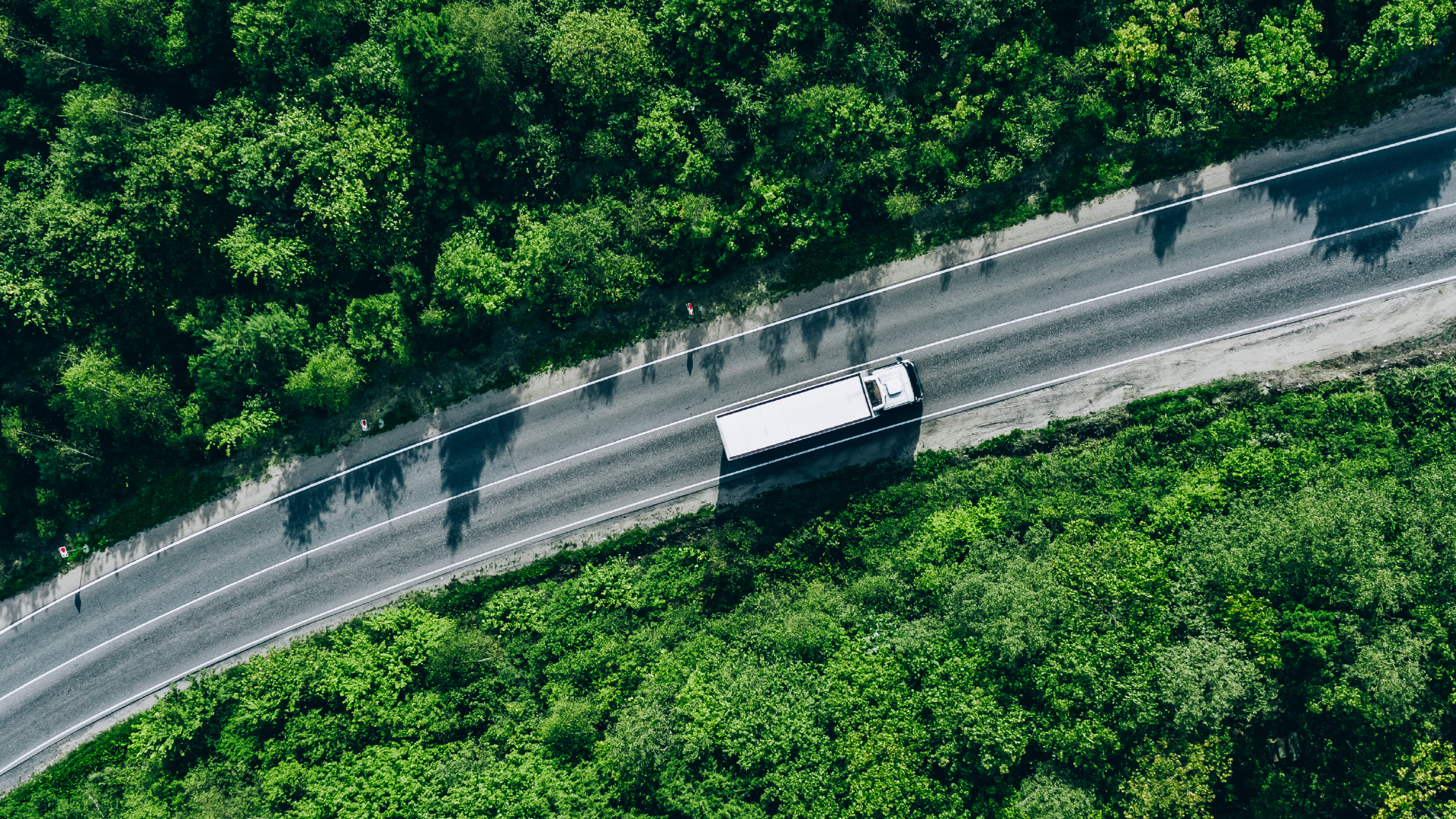These chilling images expose climate change effects on a glacier

The University of Dundee researchers flew at a height of 4,700 metres to capture the images. Image: Dr Alice Watterson/University of Dundee
In 1919, pilot and photographer Walter Mittelholzer flew over the Mont Blanc massif in a rickety propeller-driven aircraft, taking pictures that gave the world a new perspective on Western Europe’s highest mountain range. A century later, researchers have repeated his mission – and their images show dramatic changes in the landscape.
Dr. Kieran Baxter and Dr. Alice Watterson from the University of Dundee recreated Mittelholzer’s photographs of three glaciers in the French Alps – Argentière, Mont Blanc Bossons and Mer de Glace.

Using a technique called monoplotting, they analyzed Mittelholzer’s pictures to determine the position of the camera before heading to Mont Blanc in a helicopter to recreate the shots.

The results show just how big an impact climate change is having on ice cover in the region. Hovering at a height of around 4,700 metres, just below the summit of Mont Blanc, Baxter says the scale of the ice loss was immediately evident.
But it was only when they compared the images side by side that the effect became fully visible.

“It was both a breathtaking and heartbreaking experience,” he says. “Particularly knowing that the melt has accelerated massively in the last few decades.”
A mounting problem
Researchers say alpine glaciers are melting at an alarming rate as the planet warms. While global temperatures have risen by about 1°C since Mittelholzer took his pictures, the Alps have warmed by 2°C over the course of the 20th century.

This is causing problems across the region, including on the Italian side of Mont Blanc, where a 250,000 cubic metre chunk of the Planpincieux glacier risks breaking away.
Alpine glaciers have lost as much as 40% of their surface area and half of their volume since 1850, reducing their ability to reflect the sun’s rays, and leading to more warming as the rock absorbs solar energy.

And the effects of this warming don’t stop there. The Alps are experiencing shorter snow seasons and reduced snow cover, more frequent soil water shortages and rises in the altitude at which permafrost is found.
As well as affecting local people, tourism and the economy, these changes are harming biodiversity, as the warming forces some species further up the mountains in search of the conditions they need to thrive.
What’s the World Economic Forum doing about climate change?
Immediate action
If global warming continues at the current rate, temperatures could go up by 3 to 5°C by the end of the century. Melting glaciers are also contributing to a rise in global sea levels.
The UN says that limiting global warming to 1.5°C could help reduce the most adverse effects of climate change. But has warned this would require rapid, far-reaching and unprecedented changes across society.

Don't miss any update on this topic
Create a free account and access your personalized content collection with our latest publications and analyses.
License and Republishing
World Economic Forum articles may be republished in accordance with the Creative Commons Attribution-NonCommercial-NoDerivatives 4.0 International Public License, and in accordance with our Terms of Use.
The views expressed in this article are those of the author alone and not the World Economic Forum.
Stay up to date:
Oil and Gas
Forum Stories newsletter
Bringing you weekly curated insights and analysis on the global issues that matter.
More on Climate Action and Waste Reduction See all
Jane Thoning Callesen
November 18, 2025







